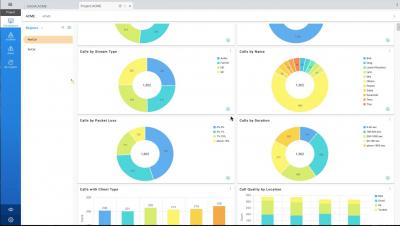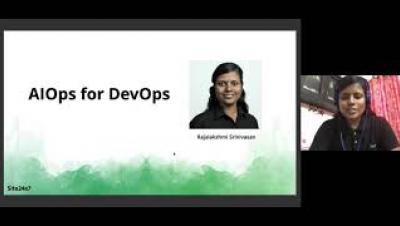Operations | Monitoring | ITSM | DevOps | Cloud
AIOps
The latest News and Information on AIOps, alerting in complex systems and related technologies.
A Closer Look at PagerDuty's New AIOps Capabilities
Another PagerDuty Summit is in the books, and we’re still coming down from the excitement and energy our customers and community showed us over the past week. We made several big announcements over the course of the conference, but none more significant than the AIOps advancements on our digital operations platform. We introduced a number of ways customers can apply machine learning algorithms and automation to a wide range of workflows across the platform.
Transparency Under the Hood: Self-service Integration Diagnostics
As many recent studies show (like this one from Mckinsey) , self-service in B2B products is a growing trend. Today’s enterprise users expect the same seamless and simple experience they’ve learned to love as consumers. This works well for many simple tasks. But when it comes to more complex actions that require working with ‘under the hood’ technical features, things haven’t changed much since the early days of enterprise technology.
Let's Talk AIOps: Part 2: Things to Think About & the PagerDuty Approach
This is the second in a two-part blog series about AIOps where I sit down with Julian Dunn, Director of Product Marketing at PagerDuty, to level-set on the hot DevOps topic. The first post discussed whether AIOps was just marketing fluff and whether ITOps actually has an AIOps problem. Let’s continue…
Building Momentum with a Gold Stevie and Highest Ranking in AIOps Market Analysis
We are super excited this week to celebrate not just one but two major accolades: winning a Gold Stevie Award and achieving the highest ranking in every category of EMA’s new AIOps Radar Report. Resolve won the Gold Stevie in the Digital Process Automation Business Technology Solution category, which recognizes the best solutions for automating complex workflows and digital business processes.
Using Observability to Inspect and Adapt CI/CD Pipelines
In this blog post series, I’ve explored the relationship between observability and a set of software delivery lifecycle practices that help organizations adopt DevOps practices and change their ways of working from being project centric to product-centric. I started with Site Reliability Engineering, then considered Value Stream Management (VSM) and finish with this post on Continuous Integration and Delivery (CI/CD). Defining Continuous Integration
Splunk Recognized as Value Leader in EMA Radar Report: AIOps, A Guide for Investing in Innovation
Splunk has been recognized as a Value Leader in EMA’s latest research, Radar Report: AIOps, A Guide for Investing in Innovation. Vendors were evaluated across three categories, with Splunk listed as a Value Leader in both ‘Incident, Performance, and Availability Management’ and ‘Business Impact and IT-To-Business Alignment’, as well as Strong Value in ‘Change Impact and Capacity Optimization’.
[Webinar] AIOps for DevOps
Let's Talk AIOps: Part 1: What IS AIOps, Exactly?
This is the first in a two-part blog series deconstructing AIOps for ITOps leaders. If you gave me a dollar for every company that claims that they use “A.I.,” I’d be doing pretty well. But as a marketer, I can’t help but be a little skeptical about those claims. Let me explain.









